Fitbit Sense 2 vs. Fitbit Sense: Should you upgrade?
Doesn't make much Sense.
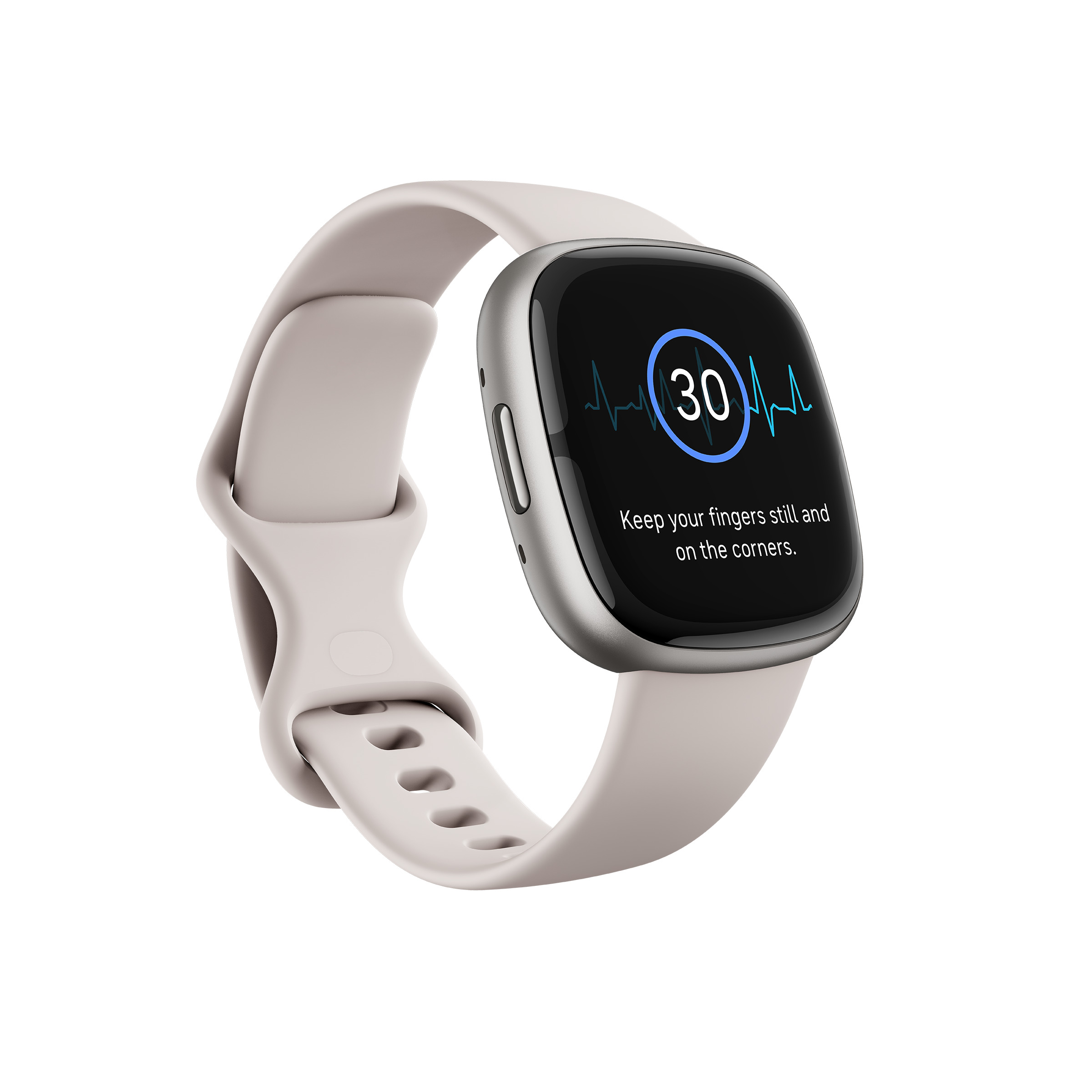
Not enough magic
Bringing the physical button to the Sense 2 is the right move, as it ditches the frustrating capacitive one. But seeing as some of the Google-centric features won't be available at launch, it's tough to recommend this over the original.
For
- Ditches haptic button in favor of a physical one.
- Lighter and thinner
- Features continuous EDA sensor
- 6+ days of battery life
- Includes 6-month Fitbit Premium membership
- Google Wallet and Google Maps are available
Against
- Some features are limited to Fitbit Premium subscribers
- Google Assistant is not available
- Unable to download third-party apps
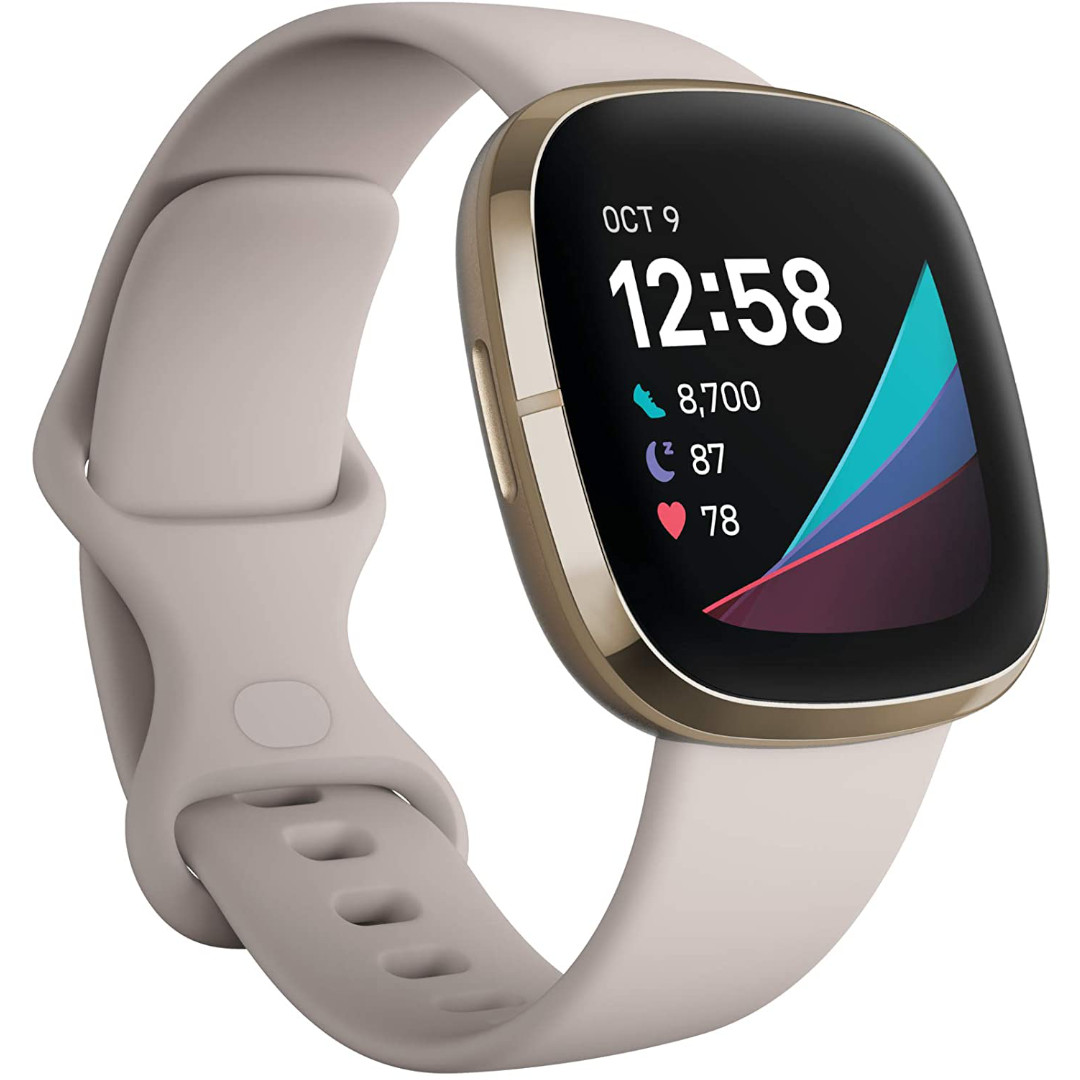
Still pretty great
The Fitbit Sense may lack a cEDA sensor, but can still help you keep track of your stress levels. It also has the added benefit of supporting Google Assistant, even if you can't use Google Wallet or Maps.
For
- 6+ days of battery life
- Access to either Alexa or Google Assistant
- Includes many of the same features and sensors as the Sense 2
- Includes 6-month Fitbit Premium membership
Against
- Haptic "button" is not reliable
- Some features limited to Fitbit Premium subscribers
- EDA scanning is not continuous
It's an exciting time for those interested in smartwatches and the wearable market on the whole. We're getting new options from Samsung, Apple, Garmin, and now Fitbit, thanks to the release of the Fitbit Sense 2 and Versa 4. But just because there's a new option available doesn't necessarily mean you should upgrade, and that's the question we'll answer for those looking to decide between the Fitbit Sense 2 vs. Fitbit Sense.
Fitbit Sense 2 vs Fitbit Sense: What's the same?
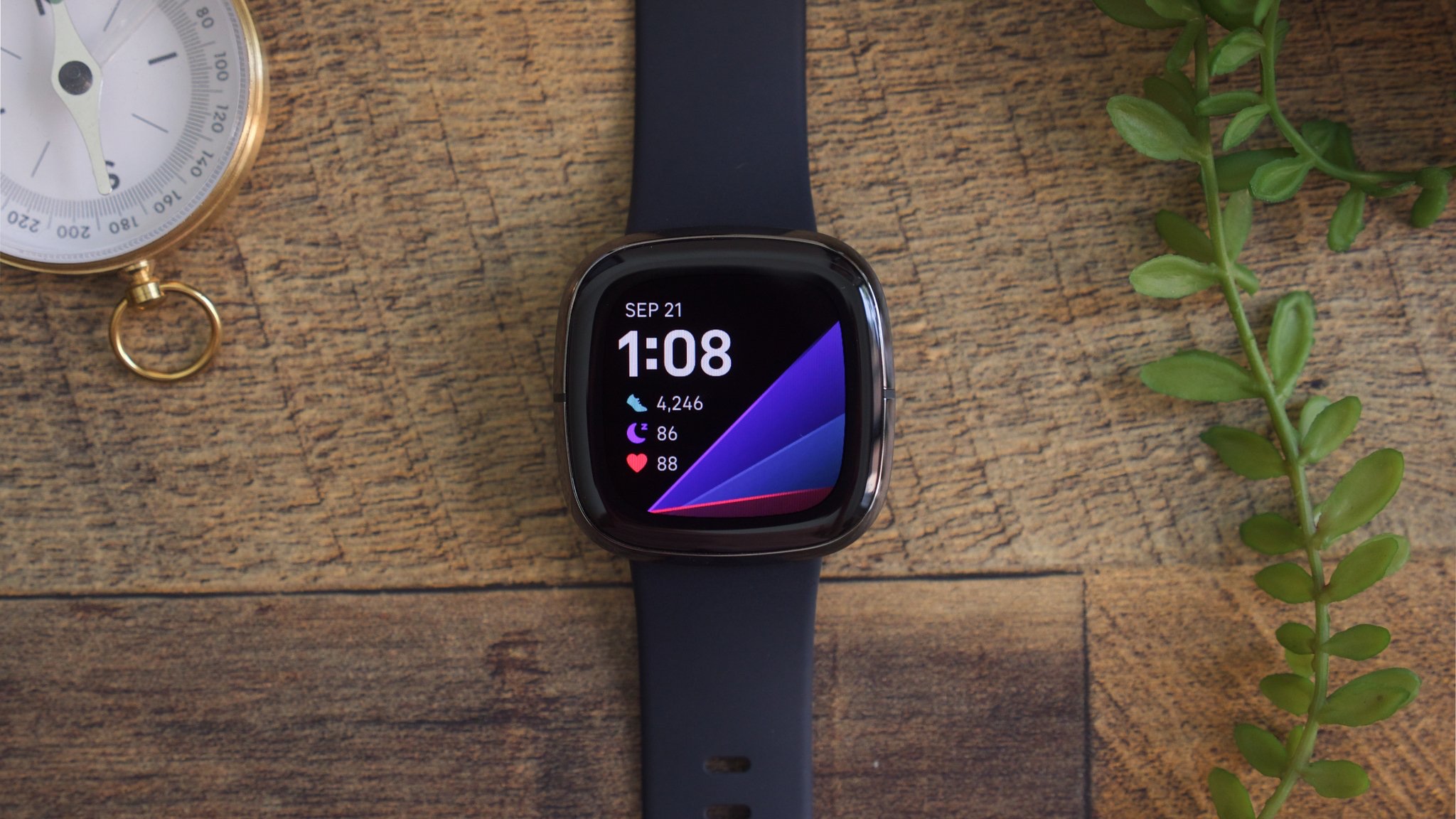
Putting it plainly, there's really not much of a difference between the Sense 2 and the original Fitbit Sense. Both of these smartwatches are more than capable of tracking things such as your heart rate, stress levels, sleep, and at least 20 different specific activities/workouts.
There's one major change in the design segment, which we'll touch on in the next section. Other than that, you might have a hard time telling the two flagship Fitbit smartwatches apart. They both feature a 1.58-inch AMOLED display, with the same 336x336 resolution, with a frame made from aluminum paired with a silicone band.
| Header Cell - Column 0 | Fitbit Sense 2 | Fitbit Sense |
|---|---|---|
| Display | 1.58-inch AMOLED | 1.58-inch AMOLED |
| Dimensions | 40.5 x 40.5 x 11.2mm | 40.48 x 40.48 x 12.35mm |
| Sensors | GPS + GLONASS, ECG, cEDA, skin temperature, optical heart rate sensor, gyroscope, 3-axis accelerometer, altimeter, ambient light sensor | GPS + GLONASS, ECG, EDA, skin temperature, optical heart rate sensor, gyroscope, 3-axis accelerometer, altimeter, ambient light sensor |
| Connectivity | Bluetooth 5.0, Wi-Fi 802.11 b/g/n | Bluetooth 5.0, Wi-Fi 802.11 b/g/n |
| Water resistance | 5 ATM | 5 ATM |
| Battery life | 6+ days | 6+ days |
| ECG / EDA | ✔️ (cEDA) | ✔️ (EDA) |
| Skin temperature | ✔️ | ✔️ |
| NFC payments | ✔️ (Google Wallet, Fitbit Pay) | ✔️ (Fitbit Pay) |
| Voice assistant(s) | Amazon Alexa | Amazon Alexa, Google Assistant |
| Google Maps and Wallet support | ✔️ | ❌ |
| Mic/speaker | ✔️ | ✔️ |
Battery life is also expected to be the same for the Sense 2, offering more than six days of usage on a single charge. This matches up with the original Sense, and with both, you'll have to account for workout tracking, and the always-on display as those will lower the projected totals.
And while Fitbit Premium is needed to unlock the Sense and Sense 2's full potential, the company will continue to offer a free six-month trial. This is more than enough time to decide whether Premium is worth the cost or if you'll be just fine without it after the trial has concluded.
Fitbit Sense 2 vs Fitbit Sense: What's different?
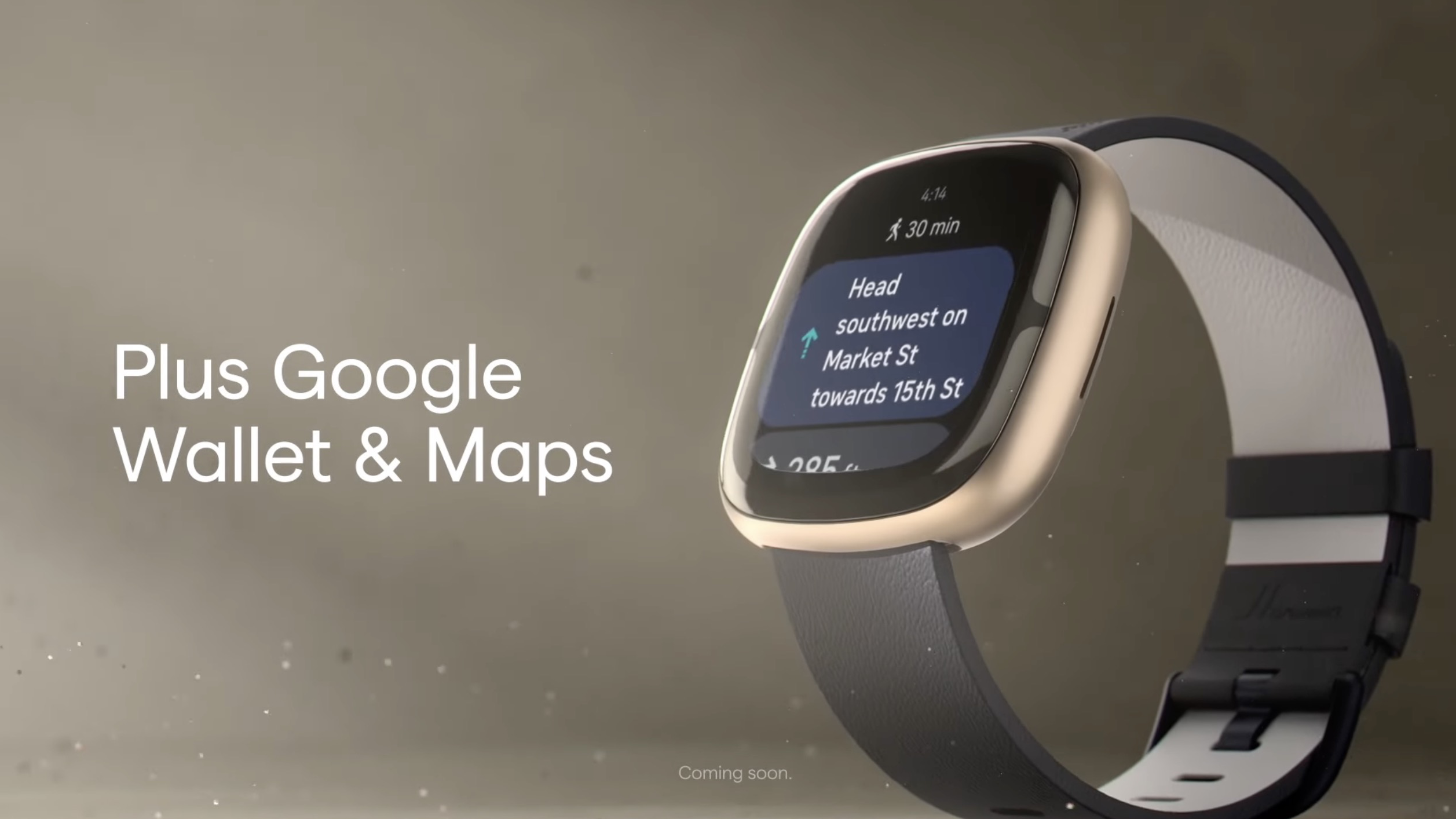
As we alluded to previously, the biggest difference when comparing the Fitbit Sense 2 vs. Fitbit Sense is the re-introduction of a physical button on the left side. Fitbit has attempted to make its capacitive "button" work on various fitness trackers and smartwatches, but it never worked quite right. It's a move that makes it clear that Fitbit is listening to its users, as the physical button simply makes interacting with a device easier.
When it comes to health and fitness tracking, there's only one single difference between the two wearables. The original Fitbit Sense introduced an EDA (electrodermal activity) sensor that made it possible to monitor how the electrical levels of your skin changed throughout the day; it was a bit cumbersome to use. It wasn't available at launch and remained dormant until Fitbit released its EDA Scan app for the wearable.
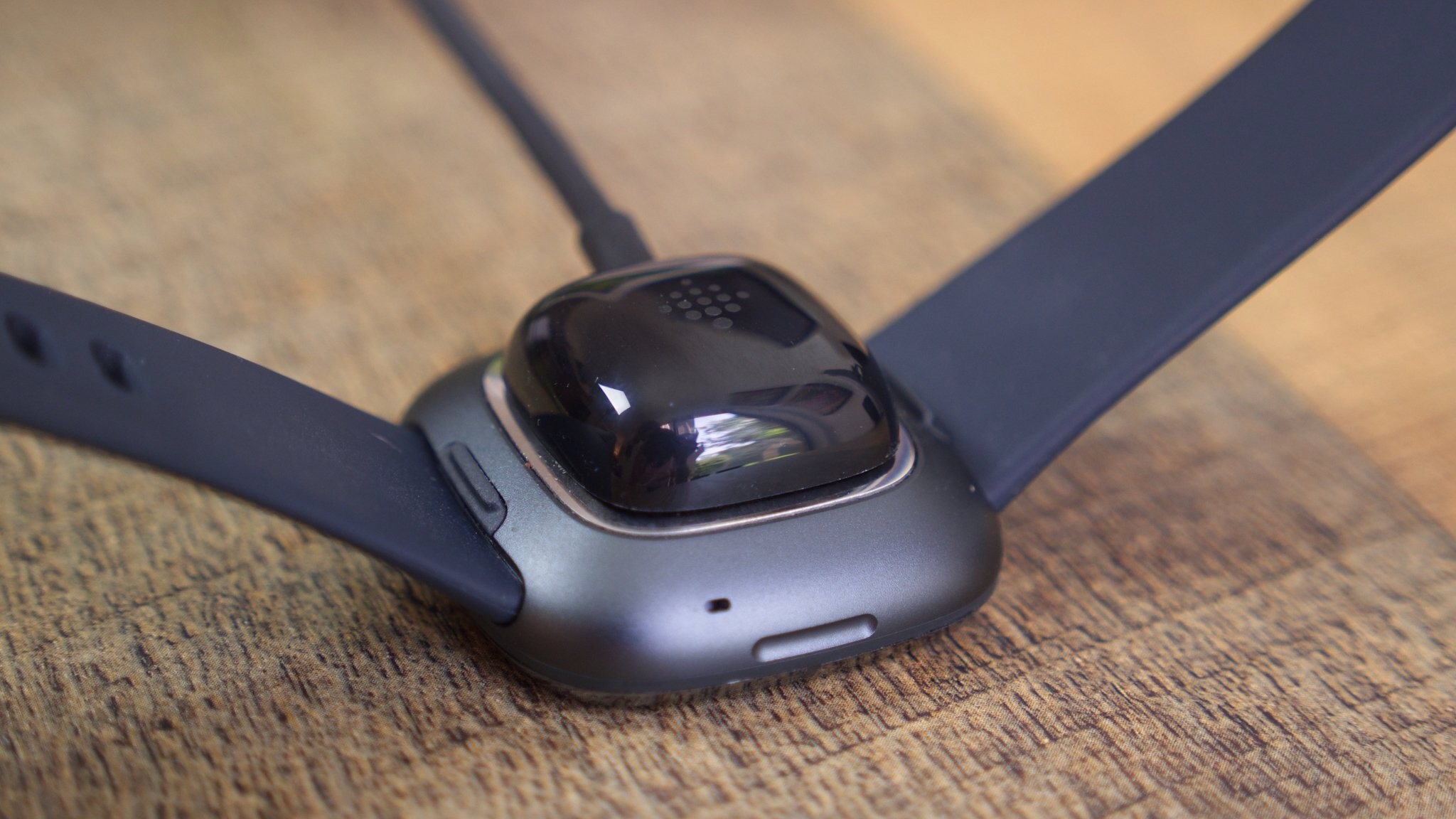
With the Fitbit Sense 2, the company has replaced this older sensor with a new cEDA (continuous electrodermal activity) monitor. As the name suggests, the Sense 2 is now able to consistently measure your stress levels throughout the day. And if your levels are too high, your watch will let you know as much, providing some suggestions for how you can get back to "normal."
It's been more than three years since Google acquired Fitbit, but until now, Google hasn't had much input in the software of Fitbit wearables. This started to change with the Sense, as users can use Google Assistant (or Alexa) directly on their wrists. However, the Sense 2 presented Google with the ability to implement even more features while we wait around for the Wear OS-powered Fitbit smartwatch to appear.
With the Sense 2, users have the option to use Google Wallet over Fitbit Pay, along with getting turn-by-turn directions courtesy of Google Maps. This is a big deal for Fitbit and Google, but there's a catch as neither of these apps will be available at launch. And perhaps even more confusing is the lack of Google Assistant support, as Fitbit's own support page only lists Amazon Alexa as an available option.
Fitbit Sense 2 vs Fitbit Sense: Should you upgrade?
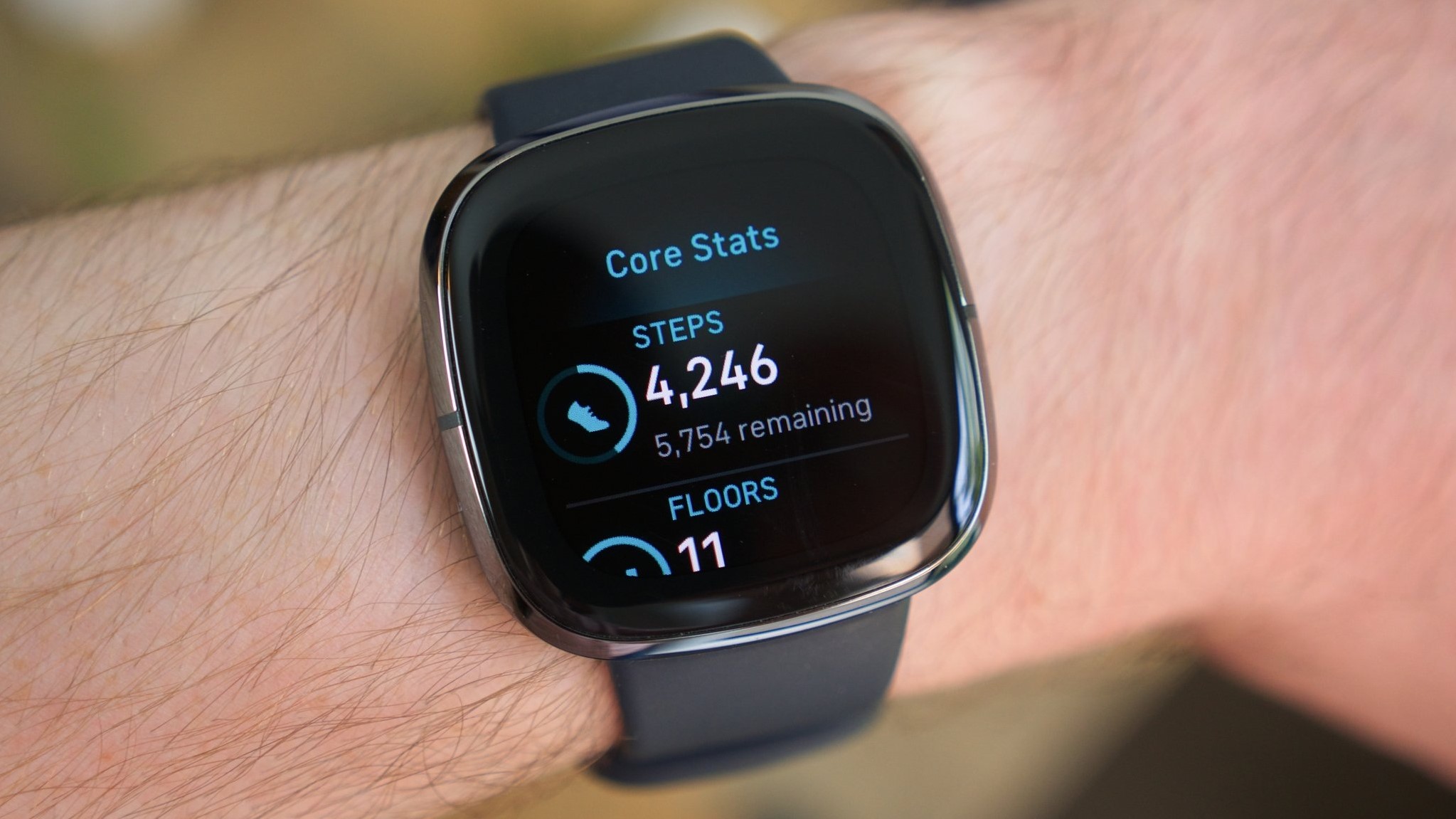
There are really only three reasons why you might want to consider upgrading from the Sense to the Sense 2. The first is for those who are annoyed or bothered by the capacitive button and would prefer to have a physical one. Next is for those who want to (eventually) be able to use Google Maps and/or Google Wallet without grabbing a WearOS smartwatch.
And the last reason would be if you need to pay close attention to your stress levels. Having a cEDA sensor is going to be great if you fall into that category, as you won't need to remember to manually perform those tests throughout the day.
Outside of that, there's really not much that the Sense 2 offers that the original Sense doesn't already have. Fitbit is pretty mum about internal upgrades, such as the processor or storage, but you can't store music on either of these wearables, making it a moot point.
For the time being, you're probably better off sticking with your original Sense. And with the Pixel Watch slated to arrive in the near future, complete with Fitbit integration, this might make for a better upgrade path than going with the new Sense 2.
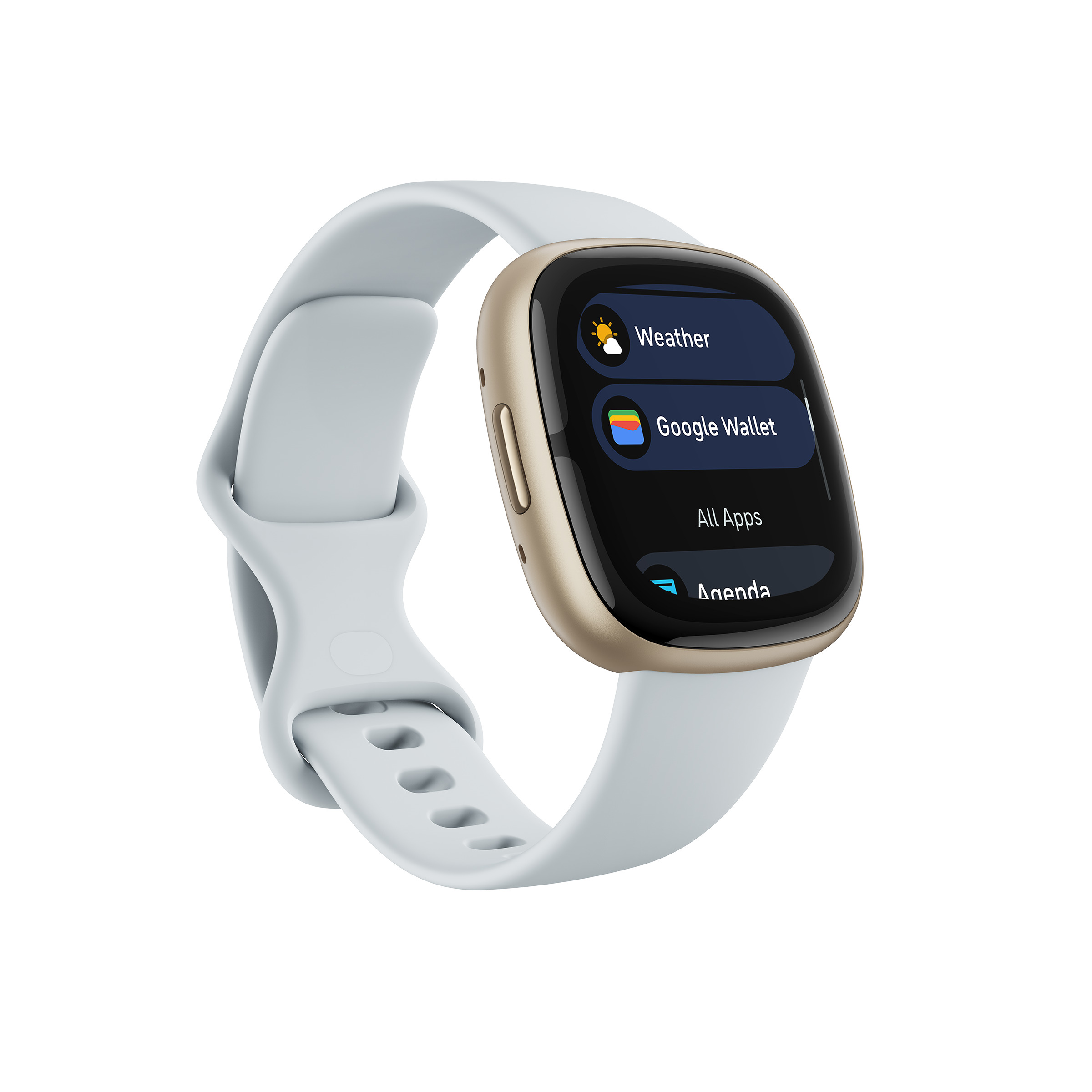
Almost the same
The Fitbit Sense 2 doesn't offer much in the way of upgraded health and fitness tracking features with the only difference being the addition of a cEDA sensor. But you might be intrigued by the eventual inclusion of Google apps such as Wallet or Maps.
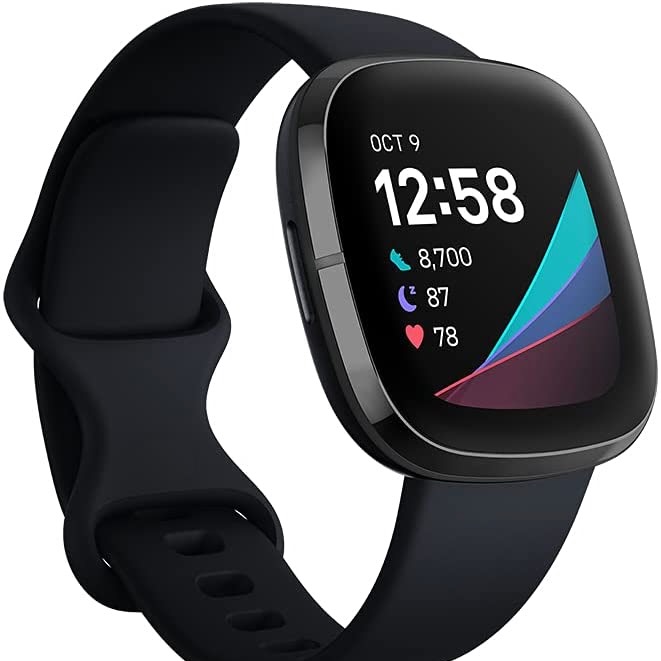
Great, if you have one
Fitbit is already phasing the original Sense out, as it's being removed from many storefronts. But if you already own one, there's not much reason to upgrade, as the original Sense already does pretty much everything the Sense 2 can do.
Be an expert in 5 minutes
Get the latest news from Android Central, your trusted companion in the world of Android

Andrew Myrick is a Senior Editor at Android Central. He enjoys everything to do with technology, including tablets, smartphones, and everything in between. Perhaps his favorite past-time is collecting different headphones, even if they all end up in the same drawer.
